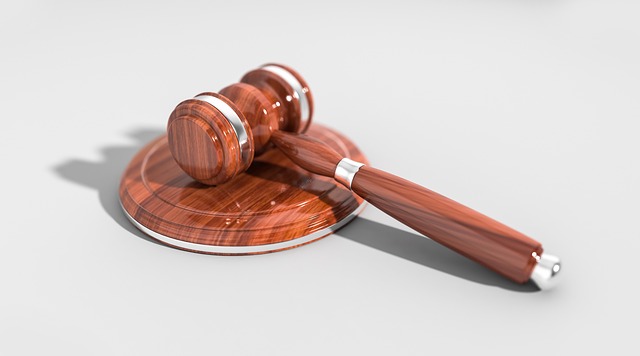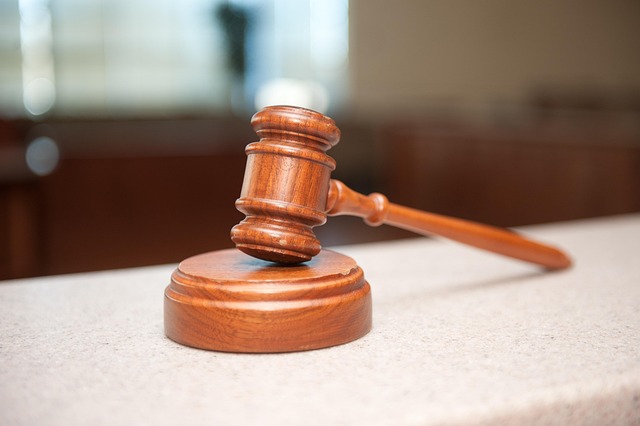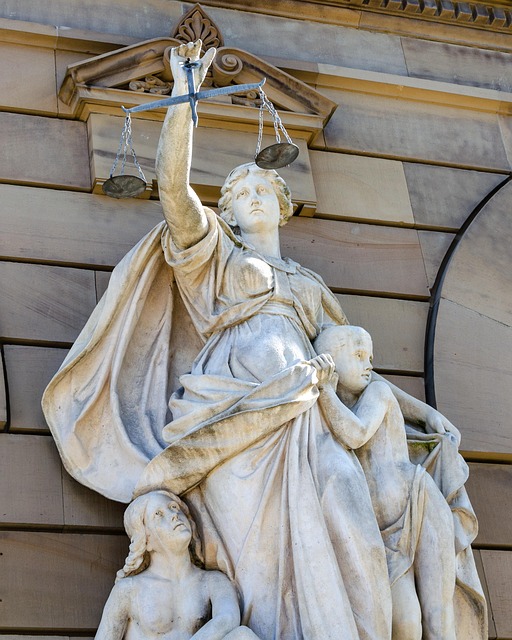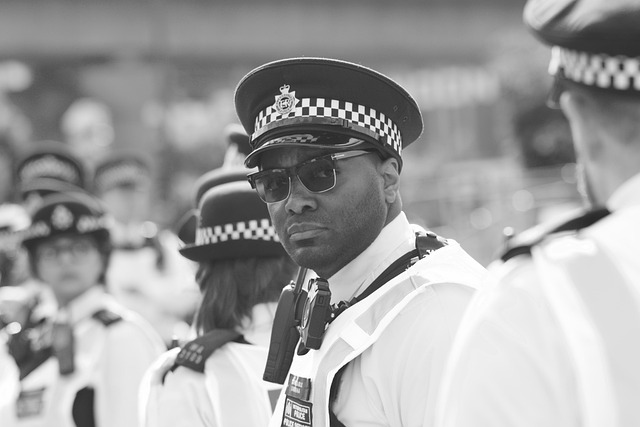Environmental Crime Trials hold individuals & corporations accountable for ecological damage through specific laws, with 'steps to sue for false advertising' as a powerful strategy. These cases require collaboration between philanthropy & politics, specialized legal knowledge, & strategic planning. By gathering evidence, consulting experts, and understanding legal precedents, advocates can expose misleading environmental claims, securing justice & restitution for ecological crimes.
Environmental Crime Trials: Uncovering and Holding Offenders Accountable
Environmental crimes, often veiled as false advertising, pose significant threats to our ecosystems. This article explores the legal landscape of environmental crime trials from a professional perspective. We dissect key aspects such as understanding these trials, identifying false advertising schemes, building compelling cases, navigating the legal system, and essential steps to ensure successful litigation. By shedding light on these processes, we empower individuals to take action against environmental false advertising through effective legal strategies. Learn the steps to sue for false advertising and contribute to a greener future.
- Understanding Environmental Crime Trials: A Legal Perspective
- Identifying False Advertising in the Context of Environmental Crimes
- Building a Case: Evidence and Legal Strategies
- Navigating the Legal System: Filing a Lawsuit for Environmental False Advertising
- Steps to Ensure Success in Environmental Crime Litigation
Understanding Environmental Crime Trials: A Legal Perspective

Environmental Crime Trials represent a unique intersection of environmental law and criminal justice. These trials involve holding individuals or corporations accountable for damages caused to the environment, such as pollution or habitat destruction. From a legal perspective, understanding these trials involves recognizing the specific laws and regulations that govern environmental protection. One key aspect is the ability to take legal action through steps to sue for false advertising, which can be a powerful tool against businesses engaging in eco-unfriendly practices.
In navigating these complex cases, the philanthropic and political communities play a crucial role in supporting initiatives aimed at strengthening environmental protections. Avoiding indictment is not the primary goal; instead, these trials focus on securing justice and restitution for environmental crimes. Unlike general criminal defense strategies, environmental crime trials often require specialized knowledge of regulations like the Clean Water Act or the Endangered Species Act to effectively prosecute or defend against charges.
Identifying False Advertising in the Context of Environmental Crimes

Identifying false advertising in environmental crimes is a complex task, but it’s crucial for holding perpetrators accountable. Companies often use misleading claims about their products’ environmental impact or sustainability to gain an unfair advantage, damaging both consumers and the planet. Understanding the specific steps to sue for false advertising requires careful analysis of marketing materials, scientific evidence, and legal precedents.
Environmental advocates and corporate and individual clients alike can play a vital role in combating these practices. By examining claims critically, seeking expert opinions, and documenting evidence of misrepresentations, individuals can contribute to building strong cases against perpetrators. White-collar defense strategies often target such misleading advertising, aiming to protect consumers and promote transparency in the marketplace.
Building a Case: Evidence and Legal Strategies

Building a robust case for environmental crimes requires strategic planning and a deep understanding of evidence collection and legal tactics. The first step in any trial is to gather concrete evidence that demonstrates the false advertising or environmental violations. This includes scientific reports, expert witness testimony, and documented instances of misleading marketing practices. For instance, in cases involving contaminated water sources, samples, and analyses from independent laboratories can serve as compelling evidence.
Legal strategies for such trials often involve navigating complex regulations and previous case laws. Attorneys can leverage consumer protection acts, environmental policies, and false advertising regulations to strengthen their arguments. The key to success lies in presenting a clear narrative that connects the defendant’s actions to tangible harm on the environment and consumers. With thorough preparation, these cases can lead to impactful jury trials, shaping corporate responsibilities and winning challenging defense verdicts while also fostering awareness within philanthropic and political communities.
Navigating the Legal System: Filing a Lawsuit for Environmental False Advertising

Navigating the legal system to file a lawsuit for environmental false advertising involves several key steps. First, individuals or organizations must gather compelling evidence demonstrating that an entity has made misleading claims about their products’ environmental impact. This could include marketing materials, product labels, or public statements that fail to accurately represent the item’s ecological footprint. Once sufficient proof is assembled, the next step is to consult with a legal professional experienced in white-collar and economic crimes. They can guide the process, ensuring all legal requirements are met.
The filing process begins by submitting a complaint to the appropriate court, outlining the false advertising claims and their potential harm. A general criminal defense strategy may be employed here, focusing on arguments that challenge the validity of the defendant’s environmental assertions. If successful, plaintiffs can seek remedies such as damages, injunctions, or corrective advertising, holding wrongdoers accountable for spreading deceptive information about their products’ environmental benefits.
Steps to Ensure Success in Environmental Crime Litigation

Ensuring success in environmental crime litigation involves a strategic approach tailored to the unique challenges of these high-stakes cases. The first step is thorough investigation and documentation. This includes gathering evidence of false advertising or other environmental transgressions, such as illegal dumping or pollution. Engaging expert witnesses who can provide clear, science-backed insights into the environmental impact also strengthens the case.
Public sentiment plays a significant role in these trials, making it crucial to build strong alliances with both the philanthropic and political communities. By gaining support from influential groups, plaintiffs can increase public awareness, exert pressure on offenders, and ultimately achieve more substantial settlements or verdicts. Additionally, staying informed about relevant regulations and legal precedents specific to environmental law is essential for crafting a compelling case that holds respective businesses accountable for their actions.
Environmental crime trials are crucial in holding accountable those who mislead the public about environmental issues. By understanding the legal framework, identifying false advertising tactics, and employing effective evidence-based strategies, individuals can successfully navigate the legal system. Following the outlined steps to sue for false advertising, from building a robust case to ensuring proper litigation procedures, is essential to combat these crimes and foster environmental justice. These trials serve as a testament to the power of legal action in protecting our planet and promoting transparency.






